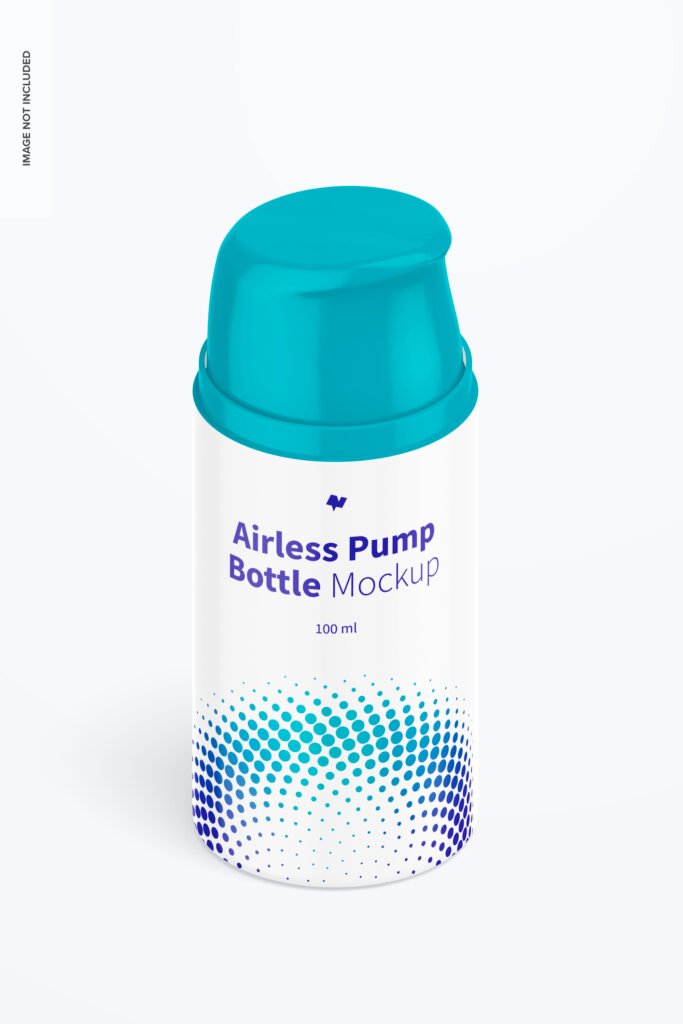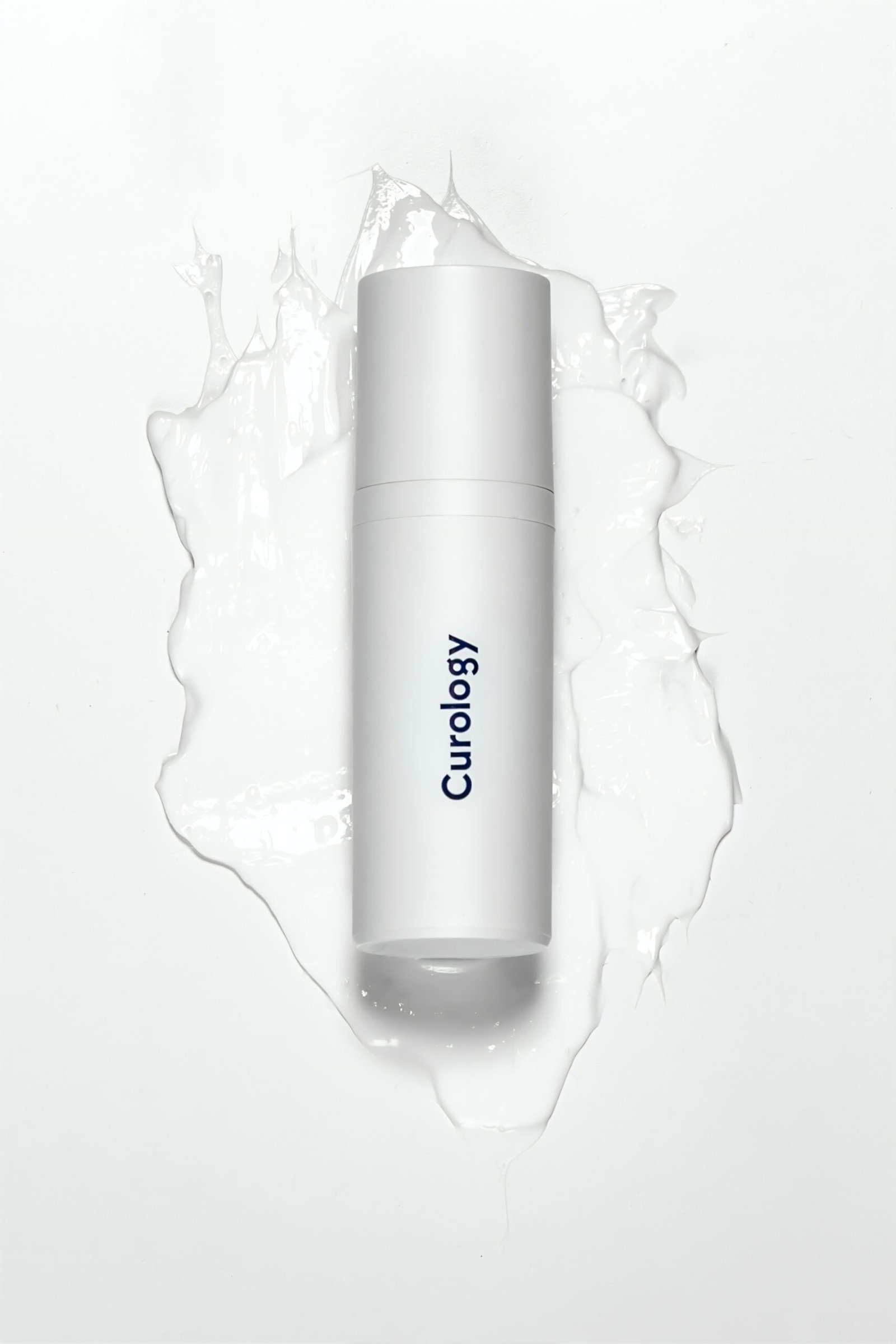The airless bottle is a solution that completely isolates cosmetics from the air, to ensure better preservation and performance. A breath-taking modern technology.

Plastic bottles for cosmetics have been on the market for some decades now, and their application is growing constantly. They are so practical, safe, and versatile that they come in an infinite variety of formats, colours, and standards – we see them on store shelves all over the world, from large-scale distribution to ultra-luxurious showrooms – and they have met with great success, with numerous operators of the packaging industry investing in research and development. One interesting result deriving from their considerable efforts is the “airless” dispenser, an alternative way to contain and preserve cosmetics.
An airless technology
From the outside there isn’t a great deal of difference between a normal bottle and an airless one, apart from the fact that the latter normally and almost always dispenses at the top through a suitable pump sprayer for the content. Inside, however, the technology is completely different.
In fact, the airless bottle uses a non-pressurized mechanism, consisting of a pump and a doublechamber container, separated by an internal piston, thanks to which the product never comes into contact with the air or, consequently, with the external environment.
Basically, if we were able to have a peep inside the dispenser, we would see that whenever the pump sprayer is pressed down, a piston rises and forces the product upwards, causing it to dispense. In this way, the bottle “pushes” its contents out, without any intake of air.
Used for cosmetics, but also for pharmaceutical, herbalist and food products even, this packaging has just one limit: the nature of the product it contains must be creamy, semi-fluid or slightly viscous.

Cosmetics designed to be admired
Thanks to social media, today’s consumers assess cosmetics using the most powerful of the five human senses: sight. For this reason, airless bottles would seem to play a vital role. Quite so, because the product dispensing moment focuses the consumer’s attention on texture and its various nuances, to the advantage of the most original choices.
Such as the pleasant surprise of textures that are crystalline, or delicately pink, with pearlescent streaks or a sorbet effect, in pastel shades or, conversely, in saturated colours. This is one way to enable a perception of the intense rheological research carried out by laboratories.
Safety
However, airless is not only an aesthetic option. Airless dispensers offer numerous essential advantages for the product and its application, making it a mindful choice. In the first place, the airless dispenser completely isolates the product from the air, and therefore guarantees its perfect preservation.
In fact, the absence of contamination enables the percentage of preservatives to be reduced to a minimum (literature reports a reduction of up to 4 times compared to traditionally packed cosmetics), since they are no longer necessary. In practical terms, the container has an impact on the formula it contains.
Hygiene deserves a chapter apart: as well as having no contact with air, neither does the product come into contact with the fingers and skin of those who use it, apart from when it is applied, which, also in this case, prevents any form of contamination.
The right amount dispensed, without waste
We know that in the case of dermocosmetics, cosmeceuticals and pharmaceuticals, precision – in terms of the quantity dispensed – is an essential factor. And airless dispensers have a role to play in this game too. By enabling a precise amount of product to be dosed, predetermined by the formulator who knows its characteristics and nature, it guarantees an optimal and most efficacious use of the contents.
Let’s consider, for example, a very active and concentrated eye serum, for which – literally – a couple of drops are sufficient to guarantee its action and efficacy. It is difficult to dose such a small amount using your fingers; hence the airless, perfectly calibrated dispenser comes to our aid: press once and the product is ready for use.
This also translates into a reduction of waste, even more efficacious because no trace of the product will remain on the neck of the bottle or surrounds of the tube (since it is pushed by the pump) and used completely. In this respect, the airless dispenser can also be considered an ecological choice.
A final note regards the dispenser pump, which may assume different shapes associated with its specific use: rounded for massaging the product on the area to be treated, without even having to handle it, blunted to help smooth it out or elongated to apply the product in the groove of a wrinkle. What can we add? A little big innovation for what would seem to be a simple accessory of cosmetic products. This is exactly the appeal of packaging: its ability to “dress” the product is only the start of the story, the rest still has to be written.
